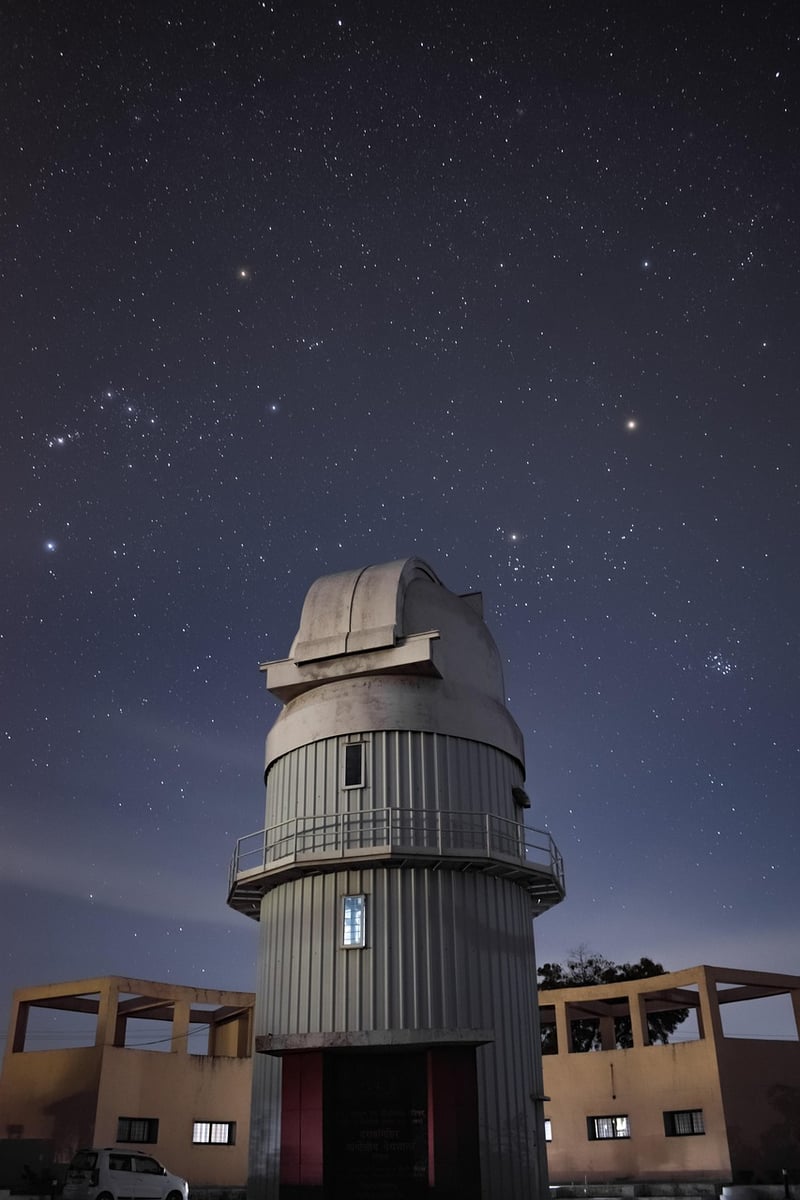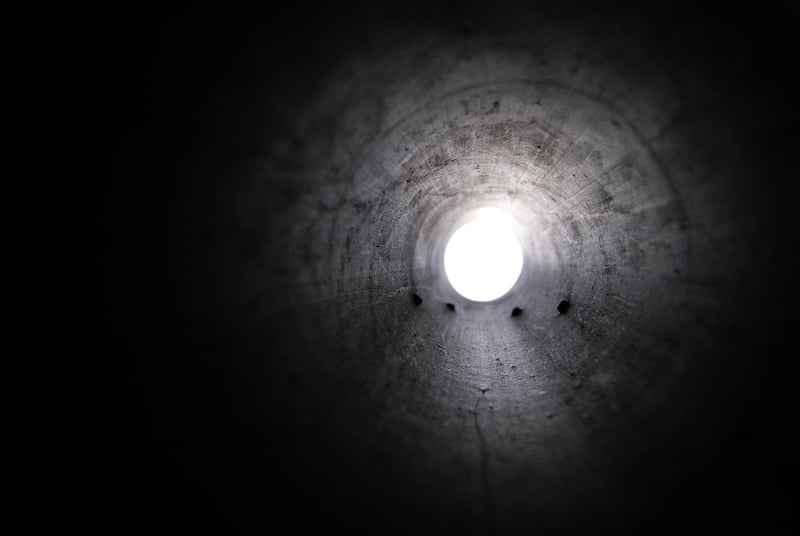Black Hole Studies
Unraveling the Unknown: Black Hole Studies

Black holes, the enigmatic cosmic entities, have intrigued scientists and the public alike for decades. These mysterious regions in space exert such strong gravitational force that nothing, not even light, can escape their grasp, making them invisible to the human eye. However, through extensive research and innovative studies, scientists have made significant strides in understanding these cosmic phenomena.
The Formation of Black Holes
Black holes are formed when massive stars collapse under their gravity at the end of their life cycle. This process creates a singularity, a point of infinite density where the laws of physics, as we know them, break down. The region surrounding the singularity, known as the event horizon, marks the point of no return for anything falling into the black hole.
Studying Black Holes
Scientists use various methods to study black holes, including:
- X-ray Observations: By analyzing X-ray emissions from black hole accretion disks, scientists can infer the presence of black holes.
- Gravitational Lensing: Black holes can bend light around them, creating gravitational lensing effects that help researchers detect their presence.
- Simulation Models: Complex computer simulations allow scientists to recreate black hole environments and study their behavior.
Recent Discoveries
In recent years, researchers have made groundbreaking discoveries in black hole studies:
- First Image of a Black Hole: In 2019, the Event Horizon Telescope captured the first-ever image of a black hole, located in the M87 galaxy.
- Gravitational Waves: The detection of gravitational waves, ripples in spacetime, has provided further evidence of black hole mergers and interactions.
As technology advances and our understanding of the universe deepens, black hole studies continue to unravel the mysteries of these cosmic giants, shedding light on the fundamental nature of space and time.
Explore more about black holes and the latest research findings from reputable sources like NASA and ESA.
